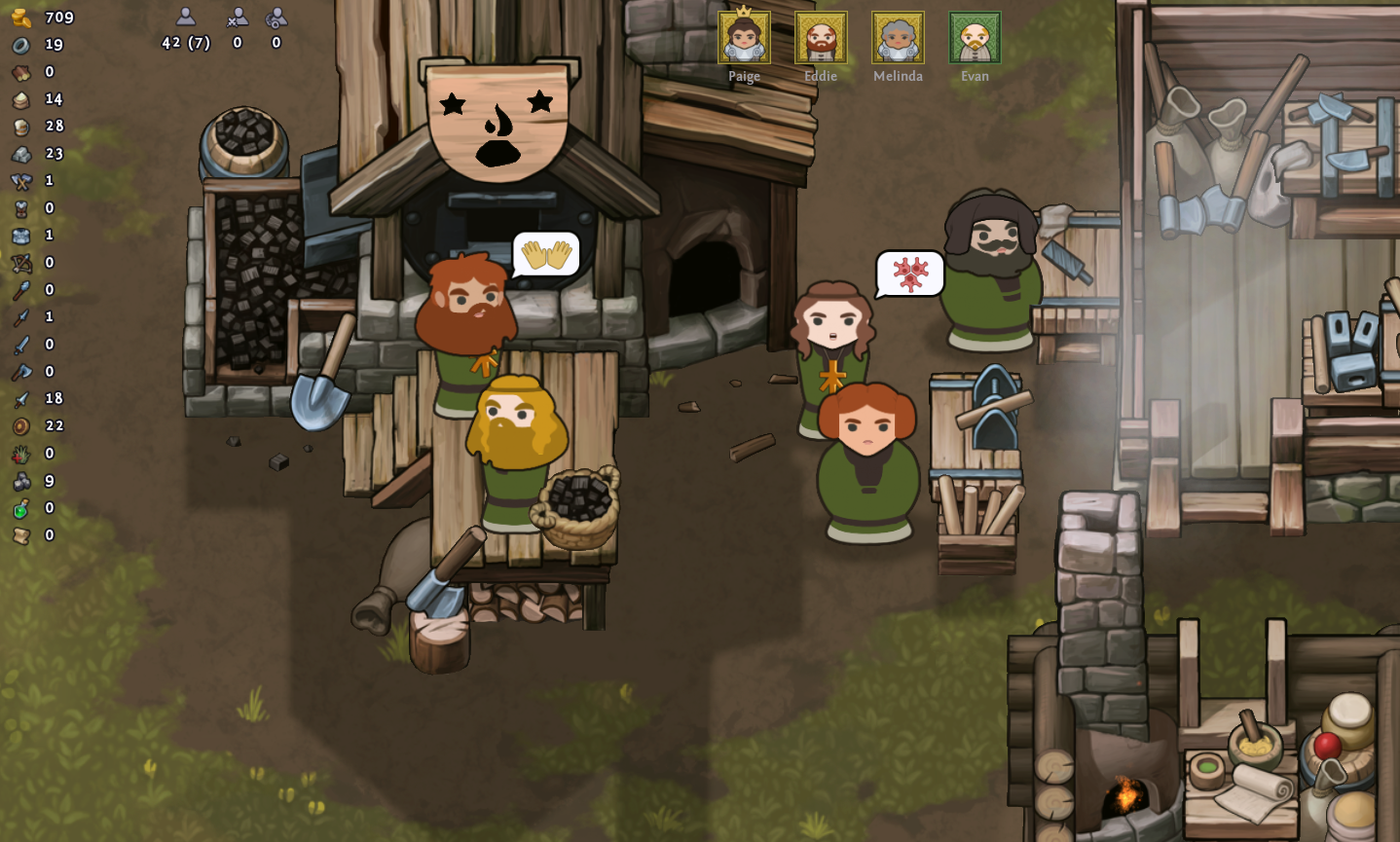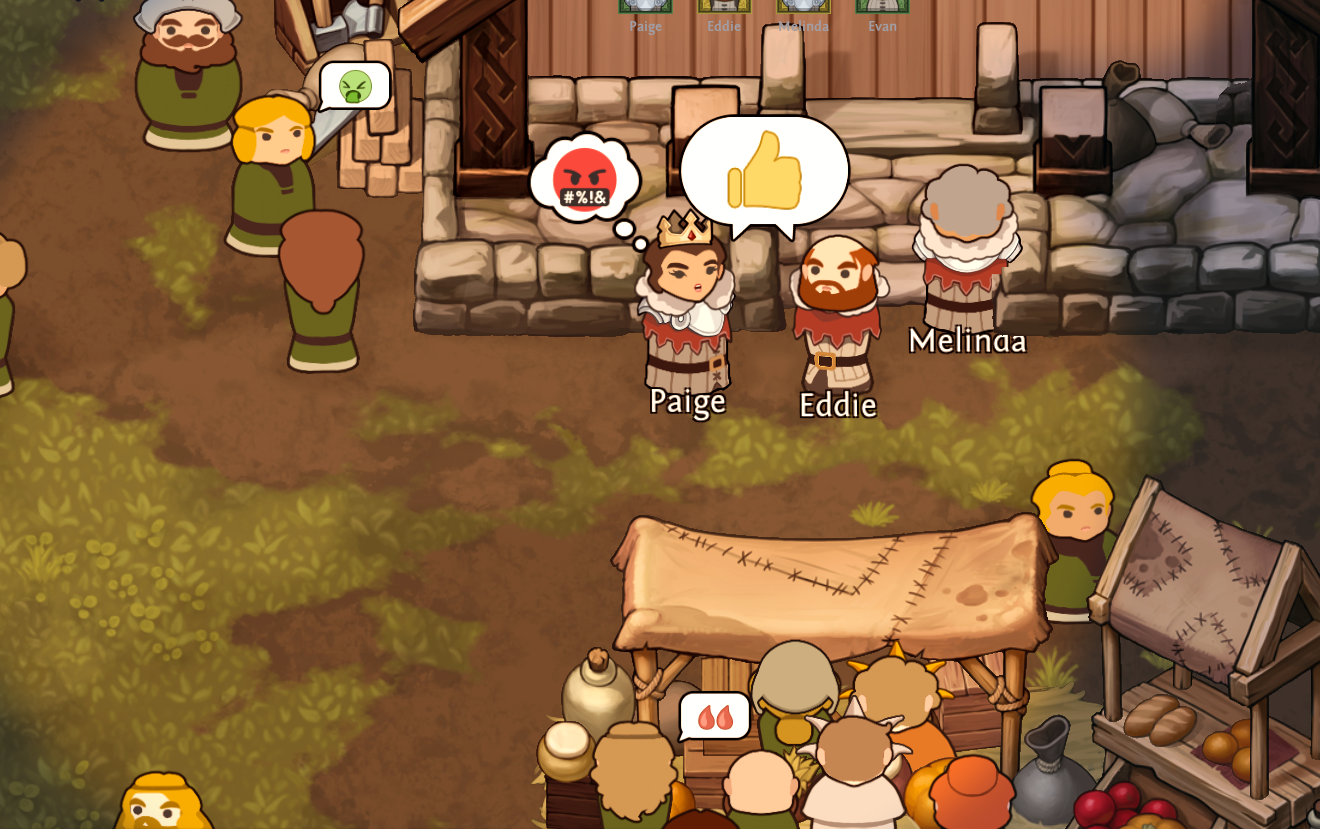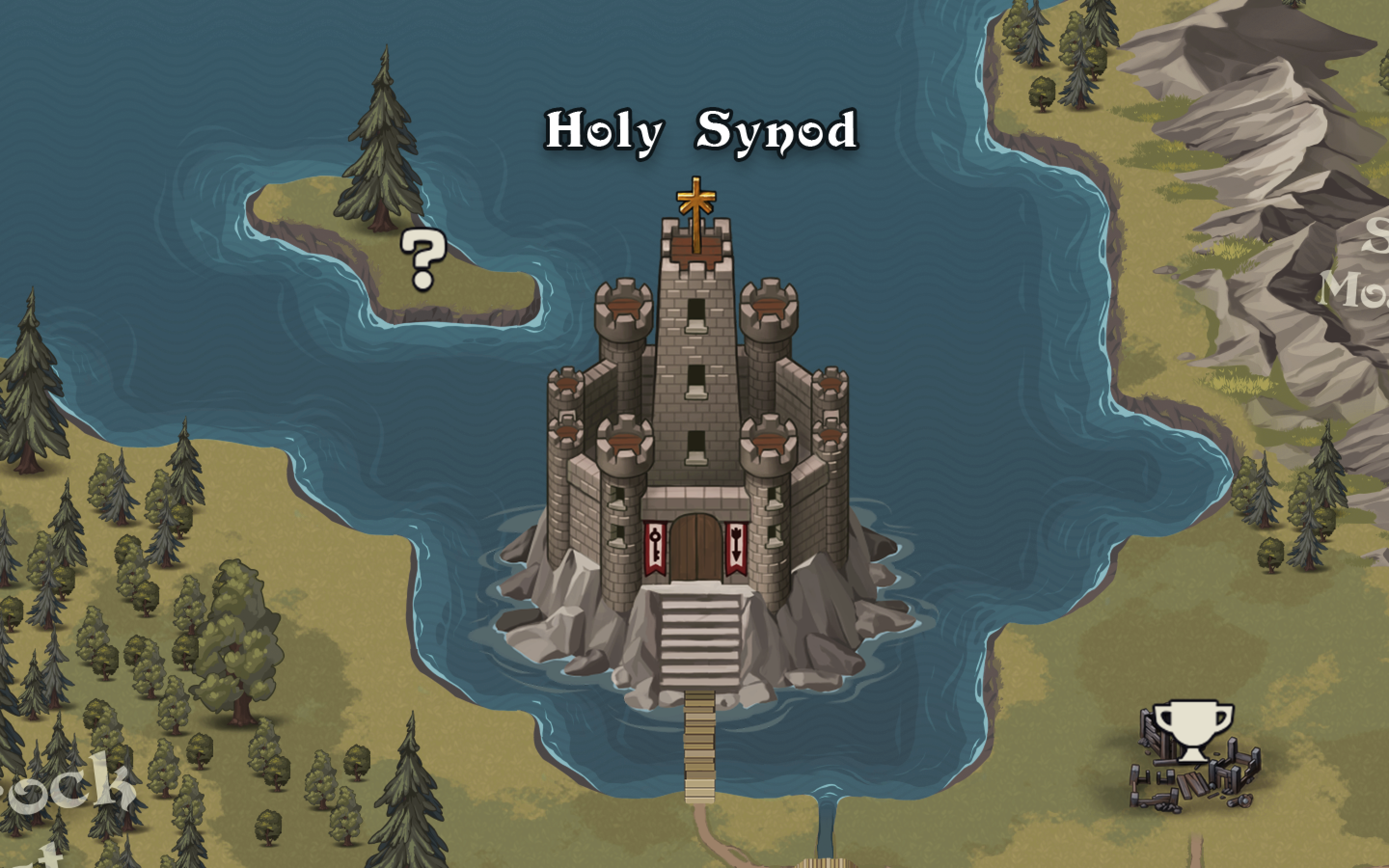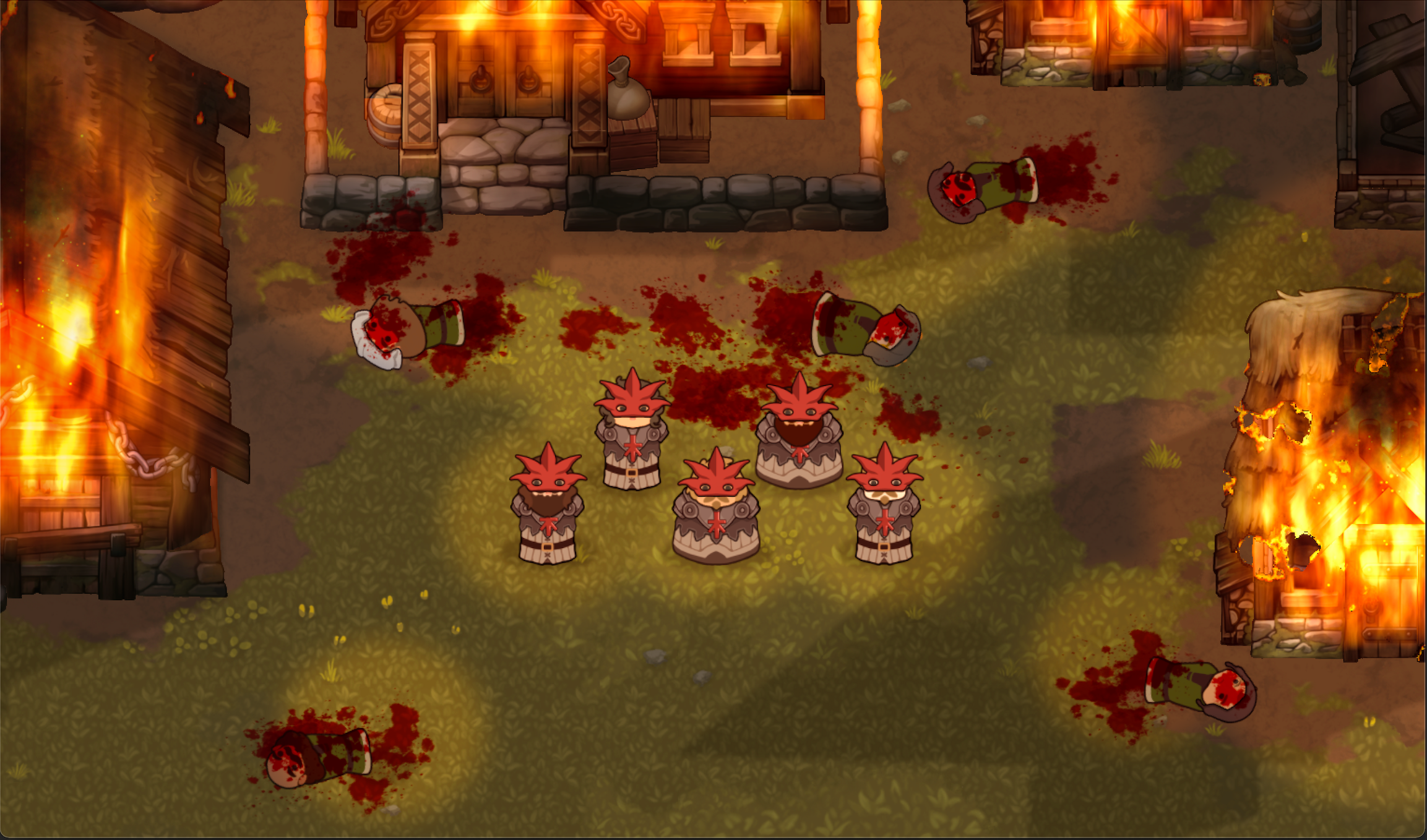[h3]Hi all, lets talk about Norland combat system.
Have a good read![/h3]
In thinking about the design of the combat system, we considered the following circumstances:
1. On the one hand, each character is unique and has his own behavior. It's not just a unit in RTS that has a few parameters, a life bar, and is forever standing around waiting to be sent out to attack. This approach leads to a detailed management of weapons and armor of each character and their individual management.
2. On the other hand, we have a lot of units, and the battles are quite massive, so calls for unit management and a simplified weapons system.
3. Also, such a system with a large number of unique characters is quite difficult to balance.

What have we come to after much experimentation and rework?
Weapons and armor have no parameters in the usual meaning of the word. It works the following way: each weapon has a set of injuries that it can inflict (bruise, bleeding wound, destruction of enemy armor, breakage, stun, and so on), and each injury has a number of "tickets" that are added to the virtual "bag" and are pulled from there at a hit. The more "tickets" an injury has, the more likely it is to pull out. At the same time, "hit reflected" tickets from the defender's armor, and "hit parried" tickets are added to the same bag (the number of the last depends on the difference in the fighters' combat skills).
In addition:
1. Basically, combat is turn-based. Characters choose an enemy to attack, and then exchange 1 to 3 hits one at a time. Each hit can be blocked by an opponent's weapon or armor, or just miss the target. If they attack an already fighting character, making up the numerical advantage against him, he can not actively block hits.
2. The game has 6 types of weapons plus the ability to fight with his hands, as well as two types of armor and shields. Weapons and armor are destroyed in the fight, but this does not eliminate their chances to win - the characters can take out daggers, hit with shields or go to the melee.
3. All characters have a pain level for a wound. If the pain level exceeds a character's mood, that character will try to run away.
4. Morale modifiers like death of the commander or the closest member of the squad, as well as the bleeding and knocking out system add variety.
5. You can hire mercenaries with a ready-made weapon (they can't change weapon types, in fact they have stable classes), or arm your unemployed peasants with weapons from your warehouses - in this case, you better train them before throwing them into battle.

6. Each weapon has special features. Spears are cheap and deadly, but they break easily. Maces are comparable in price, they are stronger and can knock out an opponent, but inflict more bruises than stabbing and slashing wounds. Axes destroy armor, and swords give extra protection when parrying.
7. Unfortunately, the implementation of complex units, such as horsemen or catapults, looks quite problematic in this system. This raises a lot of complex issues and potentially a lot of unnecessary micromanagement (When does the rider get on the horse? When does he dismount? What does the horse do in peacetime, and what if it's far away from the rider? What if the horse is killed but not the rider, or vice versa? What if there aren't enough horses for all the riders, and the squad moves slowly? Etc.)
8. We are thinking about unique weapons, which the lords can extract in quests on the global map, but have not yet reached this point.

As for balance, since the system is basically turn-based and synchronous (i.e., as I wrote earlier, hits and their blocking occur in conjunction, two fighting characters do not stand and just beat each other), this allowed us to make a model simulator in which we can conduct tens, hundreds or thousands of virtual fights between any combination of weapons, armor, combat skills and morale. This allowed us to balance equipment at a basic level, although as the tests show, this is only the beginning, since the model does not take into account group effects and combat duration.
In any case, we are happy with the current model and will continue to polish it.
[h2]Wishlist Norland and stay tuned![/h2]











